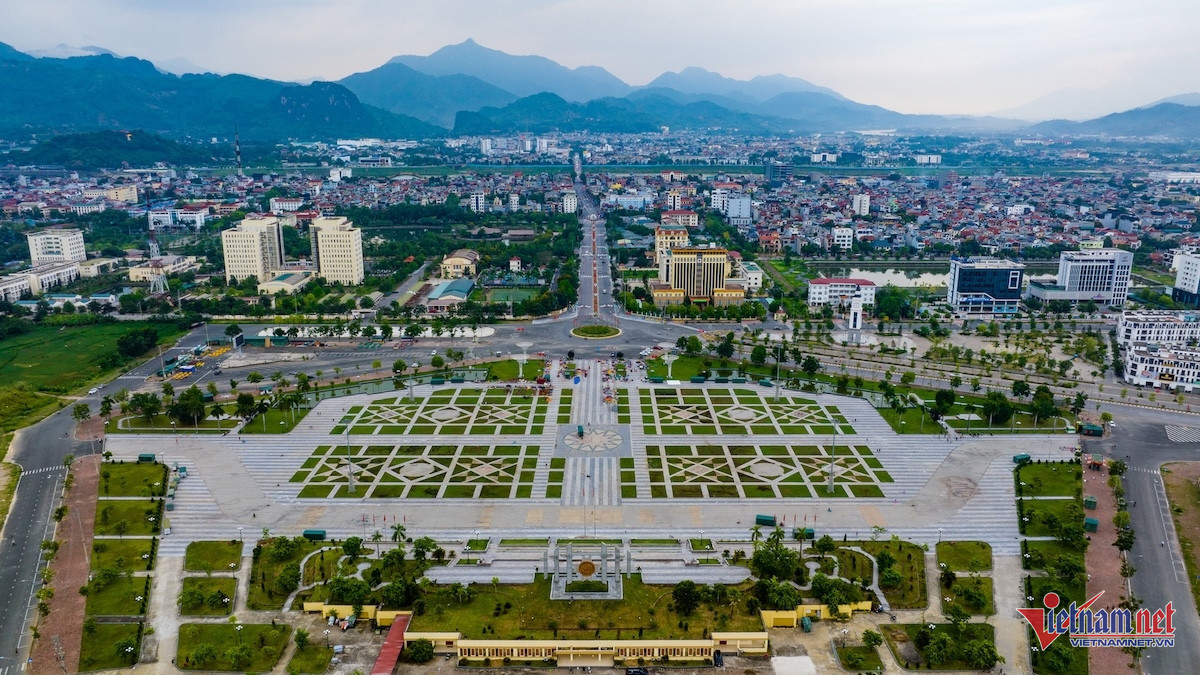
Each resolution outlines the exact number of commune-level administrative units (including communes, wards, and special zones) resulting from the restructuring.
For instance, Ho Chi Minh City now has 168 units: 113 wards, 54 communes, and 1 special zone. Of these, 112 wards, 50 communes, and 1 special zone were formed after the reorganization. Five units were left unchanged, including Thoi Hoa Ward and the communes of Long Son, Hoa Hiep, Binh Chau, and Thanh An.
Other provincial highlights include:
· Thanh Hoa: 166 units (147 communes, 19 wards), with 21 communes not restructured.
· Phu Tho: 148 units (133 communes, 15 wards), with 2 communes exempt from changes.
· Gia Lai: 135 units (110 communes, 25 wards), with 9 exempt communes.
· Nghe An: 130 units (119 communes, 11 wards), with 9 exempt communes.
· Ninh Binh: 129 units (97 communes, 32 wards).
· Hanoi: 126 units (75 communes, 51 wards).
· Lam Dong: 124 units (103 communes, 20 wards, 1 special zone), with 4 communes unchanged.
· Tuyen Quang, Vinh Long, Hung Yen, Can Tho, An Giang, Dak Lak, Dong Thap, Hai Phong, Bac Ninh, Lao Cai, Quang Ngai, Tay Ninh, Dong Nai, Da Nang, Thai Nguyen, Quang Tri, Son La, Ha Tinh, Khanh Hoa, Lang Son, Ca Mau, Cao Bang, Quang Ninh, Dien Bien, Hue, Lai Chau: All experienced significant restructuring with specified units exempt from the changes.
The reforms include merging, renaming, and in some cases, creating new commune-level entities. Many of the unchanged units are located in remote or border areas, often with difficult geographic or socio-economic conditions that necessitate stability in administrative boundaries.
These changes are part of Vietnam’s broader strategy to streamline local governance, improve administrative efficiency, and support socio-economic development by optimizing public service delivery and infrastructure planning.
The Vinh